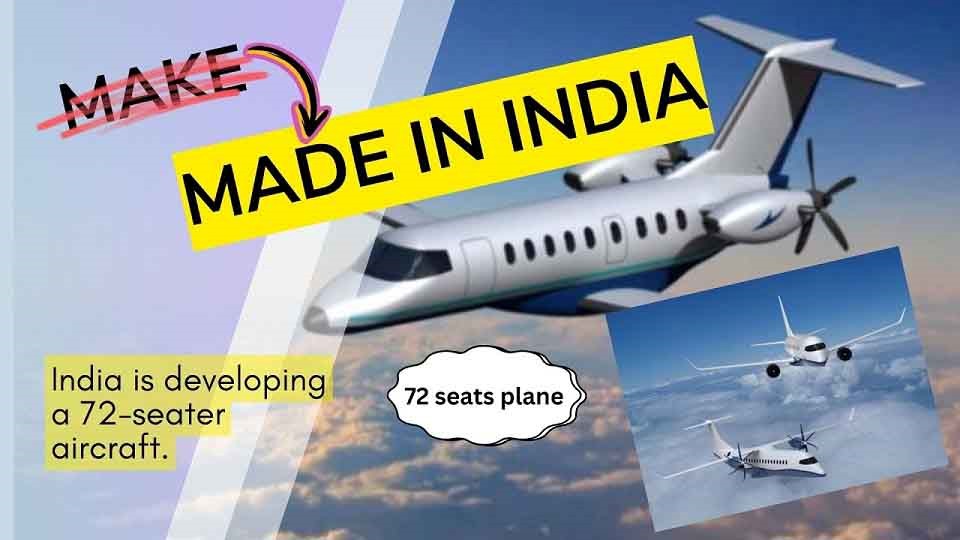





Disclaimer: Copyright infringement not intended.
Context:
Key Findings of Chandrayaan-3’s APXS
|
Major Findings |
Significance of the Findings |
|
Uniform Terrain: The terrain near Chandrayaan-3's landing site is notably uniform, offering insights into the geological processes at the lunar south pole. |
Polar Studies: The exploration of the Moon's south pole, believed to harbor water ice, opens new avenues for research and potential future lunar bases. |
|
Evidence of a Magma Ocean: Data supports the hypothesis of a primordial magma ocean on the Moon, indicating significant crustal churning due to asteroid impacts. |
Geological Insights: Understanding the Moon's early magma ocean phase helps scientists infer similar processes that might have occurred on Earth and other planetary bodies. |
|
Lunar Soil Composition: The APXS on the rover module provided detailed measurements of the lunar soil, which is crucial for understanding the moon’s mineral composition and geological history. |
Resource Identification: Detailed soil composition studies assist in identifying resources that could support future human and robotic missions. |
(NOTE- Data suggests that an ocean of molten rocks once covered the Moon’s south pole, supporting the theory that magma formed the Moon’s surface about 4.5 billion years ago.)
Technological Achievements
Key technological achievements include:
|
Aspect |
Chandrayaan-1 |
Chandrayaan-2 |
Chandrayaan-3 |
|
Launch Date |
October 22, 2008 |
July 22, 2019 |
July 14, 2023 |
|
Mission Objective |
To explore and map the Moon's surface |
To explore the lunar surface and attempt a soft landing on the Moon's south pole |
To achieve a successful soft landing on the Moon's south pole |
|
Key Achievements |
- Discovered water molecules on the Moon |
- Successfully entered lunar orbit |
- Achieved a successful soft landing near the lunar south pole |
|
Orbiter |
Yes |
Yes |
No (Mission did not include an orbiter) |
|
Lander |
No |
Yes (Vikram, crash-landed) |
Yes (Vikram, successfully landed) |
|
Rover |
No |
Yes (Pragyan, lost with the lander) |
Yes (Pragyan, successfully deployed) |
|
Instruments |
Moon Impact Probe (MIP) Terrain Mapping Camera Lunar Laser Ranging Instrument (LLRI) Sub-KeV Atom Reflecting Analyzer (SARA) |
Terrain Mapping Camera (TMC 2) Solar X-ray Monitor (XSM) Dual Frequency Synthetic Aperture Radar (DFSAR) Imaging IR Spectrometer (IIRS) Chandra’s Surface
Thermophysical Experiment (ChaSTE) Instrument for Lunar Seismic Activity (ILSA) Radio Anatomy of Moon Bound Hypersensitive Ionosphere and Atmosphere (RAMBHA) |
Chandra's Surface Thermophysical Experiment (ChaSTE) Instrument for Lunar Seismic Activity (ILSA) Alpha Particle X-ray Spectrometer (APXS) |
|
Mission Outcome |
Successful |
Partial success (orbiter successful, lander failed) |
Successful |

|

|

|
Challenges and Future Prospects
Future missions could build on these findings, focusing on:
Conclusion
CHANDRAYAAN MISSION- https://www.iasgyan.in/daily-current-affairs/chandrayaan-4#:~:text=The%20LUPEX%20mission%20(Chandrayaan%2D4)%20is%20a%20joint%20lunar,for%20establishing%20a%20lunar%20station.
https://www.iasgyan.in/daily-current-affairs/chandrayaan-3-makes-soft-landing
https://www.iasgyan.in/daily-current-affairs/chandrayaan-3-1
|
PRACTICE QUESTION The terms ISDra2TnpB and TnpB were recently in news, they are related to which among the following options? A. Space Technology B. Medical Research C. Agricultural Research D. Genetic Engineering Answer: D IPV does not carry a risk of causing vaccine-derived polio because it uses a killed virus. |










© 2025 iasgyan. All right reserved